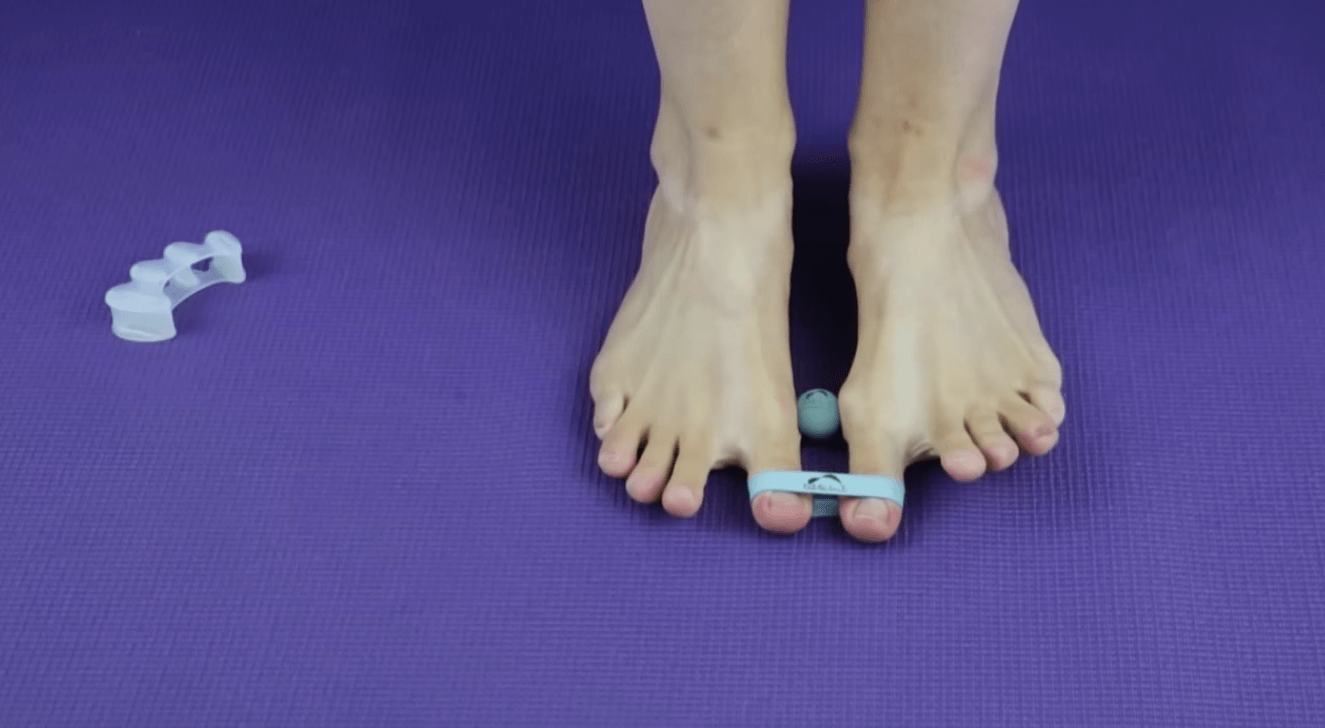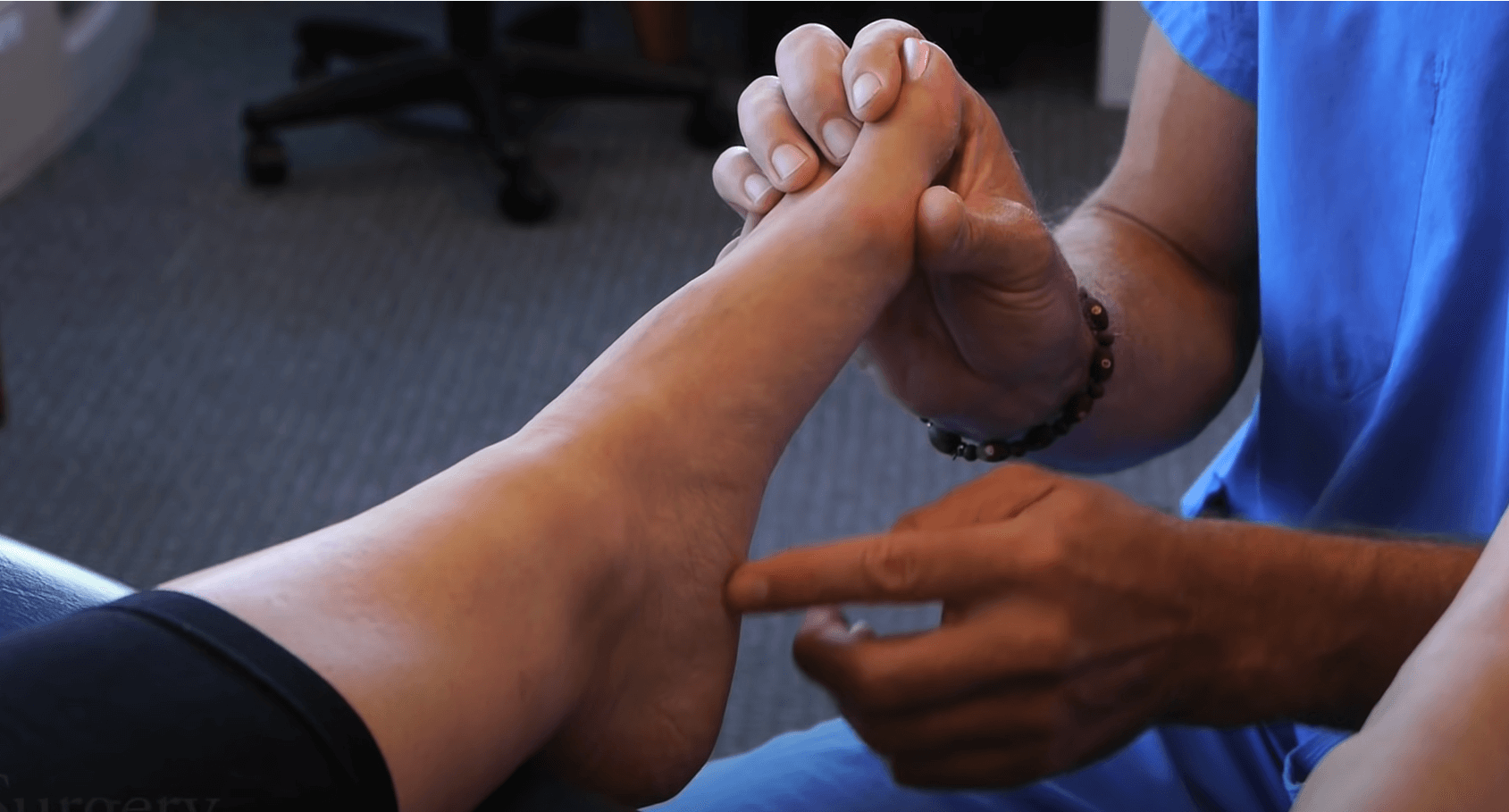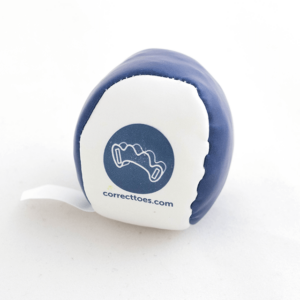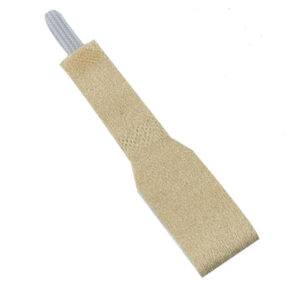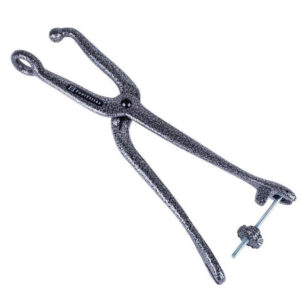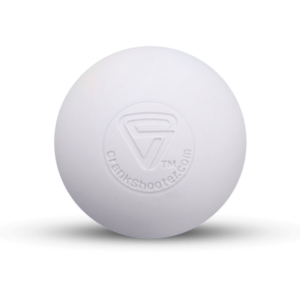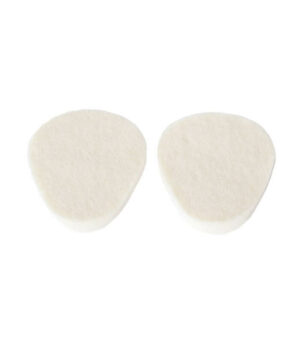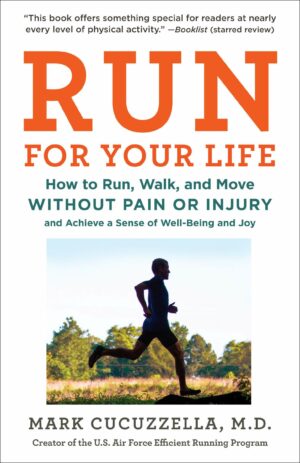In his article Why Shoes Make Normal Gait Impossible, Dr. William Rossi discusses the affect that shoes have on biomechanics and gait. The following are excerpts from Dr. Rossi’s article. Read the complete article here.
“…natural is biomechanically impossible for any shoe-wearing person. Natural gait and shoes are biomechanically incompatible because shoes automatically convert the normal to the abnormal the natural to the unnatural. And no therapy or mechanical device, no matter how precisely designed or expertly applied, can fully reverse the gait from right to wrong.” (pg. 50)
“Normal is defined as an accepted standard, a mean, or an average… Conversely, natural means the pristine, ideal state, the ideal form and function stemming from nature itself. Hence, the difference between normal and natural is essentially the difference between what is and what can or ought to be.” (pg. 50)
“On taking a step the foot normally flexes approximately 54 degrees at the ball on the bare foot. But all shoes flex 30 to 80 percent less than normal at the ball. This obviously creates flex resistance for the foot by the shoe. The foot must now work harder to take each of its approximately eight thousand daily steps. The required extra energy imposes undue strain and fatigue on the foot.” (pg. 56)
“Too narrow or snug width fit occurs with about 90 percent men’s and women’s shoes alike. In the stores it has long been contention that snug fit is right because the foot needs support and also because the snug fit allows the shoe to conform to the foot with wear. It is also regarded as proper fit by most doctors and consumers. Snug or narrow fit has a negative effect on gait because the natural expansion of the foot with each weight bearing step is prevented. The normal plantar surface at the ball is diminished, affecting foot balance and security of the gait itself.” (pg. 58-59)



